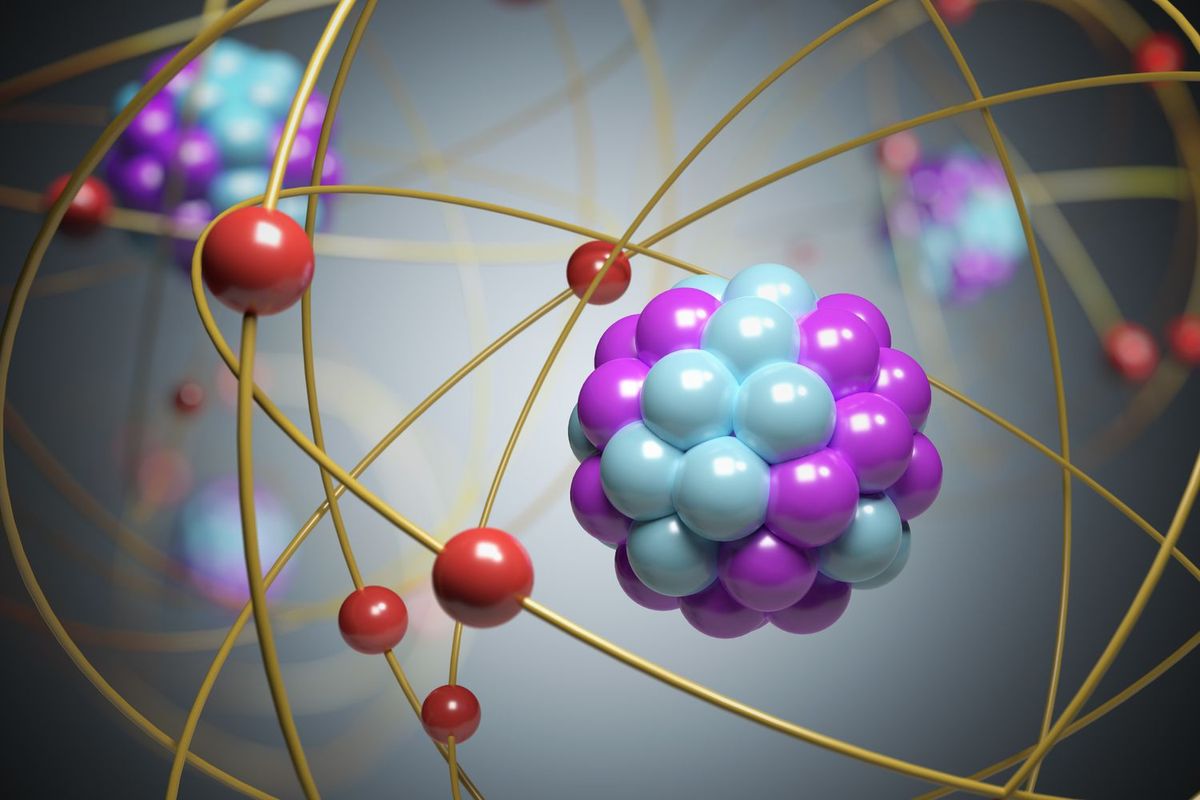Introduction
In the field of chemistry, the mole is a crucial concept that is used to measure quantities of atoms, molecules, and other particles. Understanding what a mole is and how to use it is essential for success in chemistry. In this article, we will explore what a mole is, how it is used in chemistry, and why it is such an important concept.
What is a Mole in Chemistry?
A mole is a unit of measurement that is used to measure the amount of a substance. It is defined as the amount of a substance that contains the same number of entities (such as atoms or molecules) as there are in 12 grams of carbon-12. This number is known as Avogadro's number and is approximately 6.02 x 10^23 entities per mole.
The mole is similar to other units of measurement such as the dozen, which represents 12 items, and the gross, which represents 144 items. However, the mole is much larger, representing an enormous number of entities. This is because atoms and molecules are incredibly small, and even a tiny sample of a substance contains a vast number of them.
The mole is a fundamental concept in chemistry because it allows chemists to measure the number of atoms or molecules in a sample of a substance. This, in turn, allows them to calculate various other properties of the substance, such as its mass, volume, and concentration.
How is the Mole Used in Chemistry?
The mole is used in many different ways in chemistry, and it is an essential concept in the field. Some of the most common ways that the mole is used in chemistry include:
- Calculating the mass of a substance: Since the mole represents a specific number of entities, it is possible to use it to calculate the mass of a substance. This is done by multiplying the number of moles by the molar mass of the substance. For example, the molar mass of water is 18.015 g/mol, so one mole of water has a mass of 18.015 grams.
- Determining the number of particles in a sample: The mole is also used to determine the number of particles in a sample of a substance. This is done by multiplying the number of moles by Avogadro's number. For example, one mole of oxygen gas contains 6.02 x 10^23 oxygen molecules.
- Measuring concentrations: The mole is used to measure concentrations of solutions, which is essential in many areas of chemistry. For example, the molarity of a solution is defined as the number of moles of solute per liter of solution.
- Balancing chemical equations: Chemical equations show the reactants and products in a chemical reaction. The mole is used to balance these equations by ensuring that the same number of atoms of each element are present on both sides of the equation.

Why is the Mole Important in Chemistry?
The mole is a crucial concept in chemistry because it allows chemists to measure and calculate the amount of a substance in a sample. This, in turn, allows them to make predictions about the behavior of the substance, such as how it will react with other substances.
Without the mole, it would be impossible to accurately measure and calculate the amount of a substance which would make it difficult to study and understand chemical reactions. The mole is also important because it allows chemists to communicate with each other and share data about the properties of substances.
Examples of the Mole in Chemistry
The mole is used in many areas of chemistry, and it is a fundamental concept in the field. Some examples of the mole in chemistry include:
- Calculating the mass of a substance: If you have 3 moles of calcium chloride, you can calculate its mass by multiplying the number of moles by the molar mass of calcium chloride, which is approximately 111 grams per mole. Therefore, the mass of 3 moles of calcium chloride would be 333 grams.
- Stoichiometry: Stoichiometry is the study of the quantitative relationships between reactants and products in chemical reactions. The mole is used extensively in stoichiometry to determine the amount of reactants and products involved in a reaction.
- Concentration calculations: The mole is also used to calculate the concentration of a solution, which is the amount of solute present in a given volume of solution. Concentration is typically expressed in moles per liter (M).
- Balancing chemical equations: The mole is used to balance chemical equations by ensuring that the number of atoms of each element is conserved before and after the reaction. This is done by using the stoichiometric coefficients in the equation.
- Gas laws: The mole is used in gas laws, such as the ideal gas law, which relates the pressure, volume, temperature, and number of moles of gas.
Conclusion
In summary, the mole is a fundamental concept in chemistry that is used to describe the amount of a substance. It is defined as the amount of a substance that contains the same number of entities (such as atoms, molecules, or ions) as there are in 12 grams of carbon-12. The mole is used in a wide range of applications in chemistry, including stoichiometry, concentration calculations, balancing chemical equations, and gas laws. Understanding the concept of the mole is essential for anyone studying chemistry, as it forms the basis for many calculations and measurements in the field.
Frequently Asked Questions About A Mole In Chemistry
What is a mole in chemistry?
A mole is a unit of measurement used in chemistry to express the amount of a substance. One mole of a substance is defined as the amount of that substance that contains as many particles, such as atoms, molecules, or ions, as there are in 12 grams of carbon-12.
Why is the mole important in chemistry?
The mole is important in chemistry because it allows chemists to measure and quantify the amount of a substance involved in a chemical reaction or process. It is a fundamental concept in chemical calculations, and it is used in various areas of chemistry, such as stoichiometry, solution chemistry, and thermodynamics.
How is the mole used to calculate the mass of a substance?
The mole is used to calculate the mass of a substance by multiplying the number of moles of the substance by its molar mass, which is the mass of one mole of that substance. The equation to calculate the mass of a substance is:
Mass of CO2 = 2 moles x 44 g/mol = 88 grams
How is the mole used to calculate the volume of a gas?
The mole is used to calculate the volume of a gas using the ideal gas law, which is a fundamental equation in thermodynamics. The ideal gas law relates the pressure, volume, temperature, and number of moles of a gas:
PV = nRT
where P is the pressure, V is the volume, n is the number of moles, R is the ideal gas constant, and T is the temperature.
To calculate the volume of a gas, you can rearrange the ideal gas law equation to solve for V:
V = (nRT)/P
where V is the volume, n is the number of moles, R is the ideal gas constant, T is the temperature, and P is the pressure.
What is Avogadro's number?
Avogadro's number is a fundamental constant used in chemistry to relate the number of particles, such as atoms, molecules, or ions, to the amount of substance in moles. It is defined as the number of particles in one mole of a substance, which is approximately 6.02 x 10^23 particles/mol.
What is the difference between molarity and molality?
Molarity and molality are two different ways of expressing the concentration of a solution. Molarity is defined as the number of moles of solute per liter of solution, while molality is defined as the number of moles of solute per kilogram of solvent. Molarity is more commonly used in chemistry, while molality is more commonly used in physics and engineering.
Can the mole be used for any type of substance?
Yes, the mole can be used for any type of substance, including elements, compounds, and mixtures. It is a universal unit of measurement that allows chemists to compare and quantify the amount of different substances involved in chemical reactions or processes.


